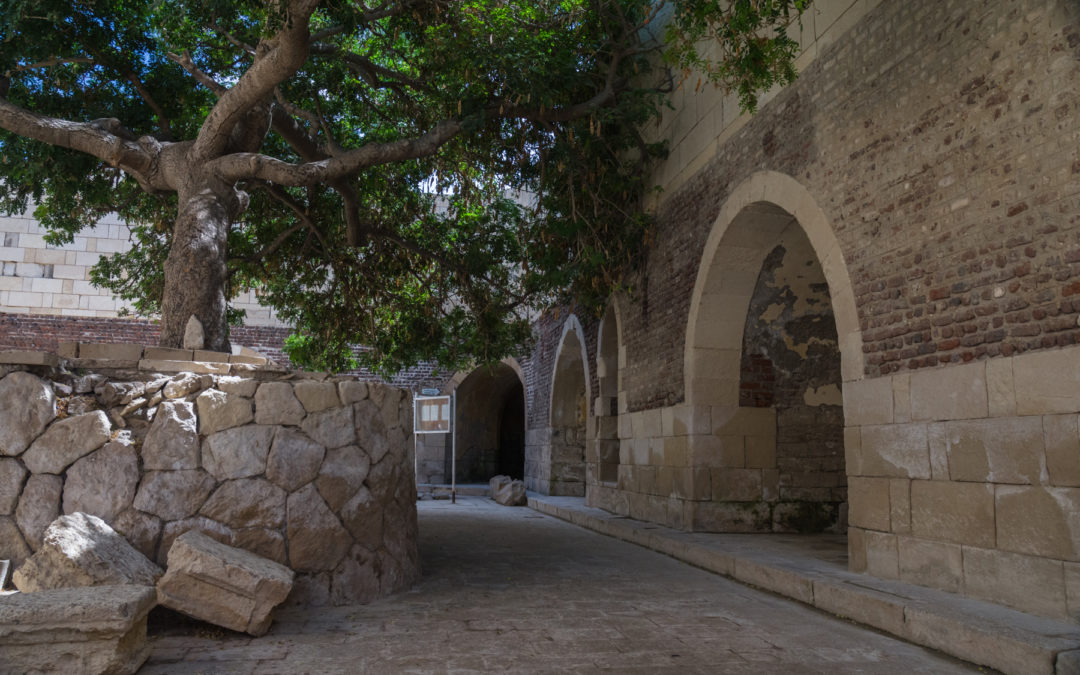Building The Citadel of Qaitbay in Rosetta
In 1479, after Sultan Qaitbay inaugurated his famous citadel in Alexandria, he went to Rosetta to supervise what was achieved of its citadel that was being built then on the western bank of the River Nile, at a distance of 6 km south of the city.
Ibn Iyas mentioned that when Sultan al-Ghori feared the Ottoman invasion, he went by himself to check the fortresses of Alexandria and Rosetta in 1515.
It was said then, that the sultan ordered to build a wall for the city on the coast of the Mediterranean Sea and sent the builders for that purpose.
On Tuesday 23rd of October 1515 when he returned from his journey, he charged his grand architect “Khayer Bey al-Alaai” to superintend the building of the wall, so he left to achieve his mission and finished it in 1516.
Most of European globetrotters who came to Egypt during the 17th and 18th centuries described this citadel and agreed that its design is similar to that of the interior fortress of Qaitbay citadel in Alexandria. It was built of Rosetta stones and red bricks and the walls of its ramparts were provided with circular granite piers as those of the main tower of Alexandria citadel.
The globetrotter Norden left for us a drawing of the citadel showing the minaret of its old mosque which collapsed and was replaced by another small one at the beginning of the 20th century.
During the French campaign against Egypt, the French carried out some modifications in the towers and called it “Julian citadel”. Moreover, they surrounded it by a building of red bricks changing its shape to parallelogram instead of roundness.






